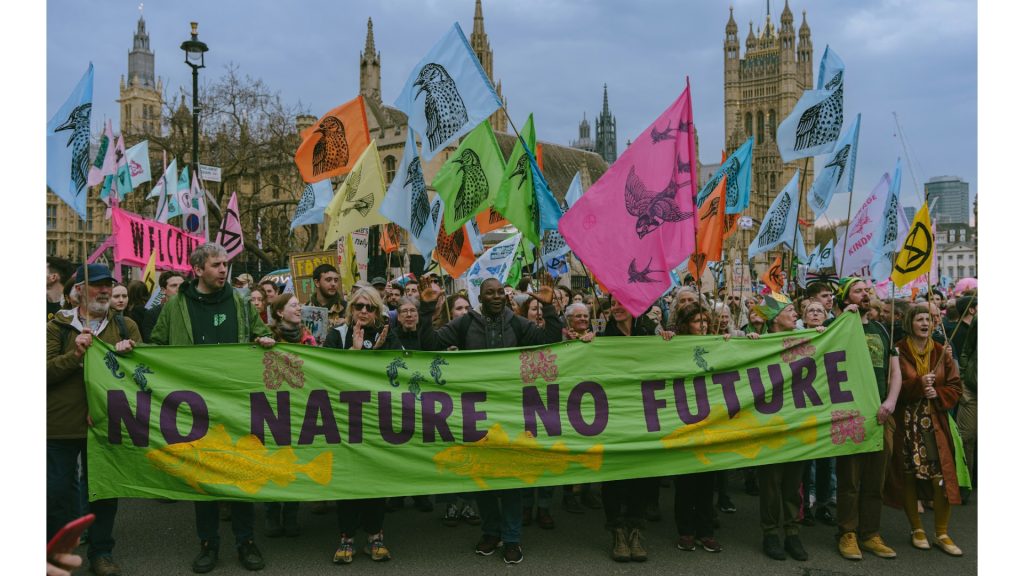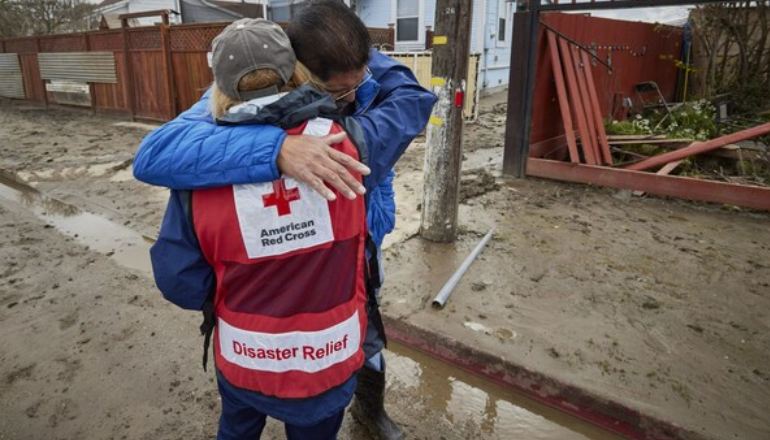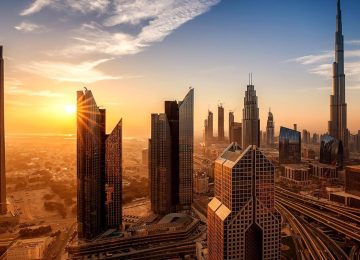On this global Climate Action Day, let us have a close look at where we stand in terms of the mitigation plans, analyze the gaps, and tighten the grip on our actions.
As the planet grapples with climate crisis -unprecedented heatwaves, floods, and wildfires, the -actions—and-inactions—of the world are under intense scrutiny. Political rhetoric is saturated with pledges of “net-zero” and “green transitions.” But the latest data reveals a yawning chasm between ambition and achievement.
The story is no different for India. It is also leading this complex narrative; a nation whose climate actions embody both the immense potential and the profound pitfalls of the current global response.
India finds itself at a critical juncture. As the world’s third-largest emitter of greenhouse gases, yet historically with minimal per capita contributions. However, its path is uniquely challenging.
India has positioned itself as a climate leader for the Global South.
- Its updated Nationally Determined Contribution (NDC) pledges to reduce the emissions intensity of its GDP by 45% from 2005 levels, by 2030
- Carbon sink enhancement through forest and tree cover, likely exceeding pledged 2.5 billion tons by 2023
- To achieve 500GW of power from non-fossil fuel by 2030
- Achieved 50% cumulative power generation from RE sources in 2025 (242.78 GW of total 484.82 GW)
- Incentivizing domestic manufacturing
However, this green narrative is starkly contradicted by a parallel reality. The country still has Critical gaps — overdependence on coal (base-load power), threatening India’s climate targets.
- The country has not set a peaking year for its emissions and continues to approve new coal mines and power plants, citing energy poverty and development needs.
- Insufficient energy storage infrastructure, limiting dispatchability and system reliability.
- Implementation bottlenecks:
- Right of way, regulatory delays, and policy uncertainty hinder project commissioning.
- Lack of interim net-zero milestones: the 2070 target lacks shorter-term legally binding goals to ensure accountability.
- Rising per capita emissions due to urbanization and industrialization pressures.
- Funding gaps for critical grid modernization and storage technologies.
- Nuclear power lags tremendously, projected at only 17 GW by 2030 against a 100 GW target by 2047, limiting low-carbon base-load capacity.
India is not alone in its contradictions. It is the reflection of the global failure. The developed nations such as the US or Europe still continue with fossil fuels.
In the case of the US, if we go by the Energy Information Administration (EIA), It projects that the US crude oil production will reach record highs in 2024 and 2025.
The European Union‘s recent reclassification of natural gas and nuclear power as “green” in the EU taxonomy is a classic example of political expediency overriding climate science. Furthermore, the bloc’s carbon border adjustment mechanism (CBAM), while intended to prevent carbon leakage, is viewed by developing nations as a protectionist measure that penalizes their industrial growth.
China, the world’s largest emitter, is also the global leader in renewable energy installation. The paradox is, it is the primary financier of coal plants abroad. While it is installing renewables at a blistering pace, its coal consumption is expected to remain at elevated levels.
Glimmers of a feasible future:
Amidst the criticism, there are islands of effective action that provide a blueprint for the way forward.
Denmark consistently generates over 50% of its electricity from wind power, a world-leading figure. This was achieved through long-term, stable policy frameworks, public investment in R&D, and community engagement, including allowing citizens to own shares in local wind farms.
Costa Rica has run on nearly 100% renewable electricity for years, primarily from hydropower, geothermal, wind, and solar. Its National Decarbonization Plan 2018-2050 is a holistic roadmap that integrates transport, land use, and waste management, demonstrating that a middle-income country can pursue a high-quality, low-carbon development path.
Coming back to India, the renewable capacity has expanded rapidly, averaging 15–25 GW annually and making it one of the world’s fastest-growing markets. Major government initiatives, like the ambitious 500 GW non-fossil fuel target, incentivizing domestic manufacturing, as part of the Atmanirbhar Bharat drove the recent growth. Progress on transmission infrastructure—planned extensions from 120 GW today to 168 GW by 2032—aims to support large-scale renewable deployment and grid stability. Initiatives like the International Solar Alliance and the National Green Hydrogen Mission showcase a forward-thinking approach to energy security.
Nevertheless, several industry leaders are proactively aligning their operations with India’s net-zero ambitions, reflecting growing corporate commitment to decarbonization—let’s hear directly from a key industry spokesperson on their strategic approach.

“Between FY19 and FY25, we have made significant progress on the path to a sustainable future. We avoided approximately 30,150 tonnes of CO₂e emissions, reinforcing our commitment to climate leadership and sustainable growth. Anchored by our Sustainability Vision 2030, we are on track to achieve net zero emissions in owned manufacturing operations in India by 2030, and globally by 2040, focusing on energy, packaging, logistics, and materials.
“Through a focused transition to renewable energy sources like solar and hybrid power, we have avoided 9,660 tonnes of CO₂e emissions. Our packaging innovations, including lightweight designs, increased use of post-consumer recycled content, and adoption of lower-carbon materials, have helped us avoid over 11,460 tonnes of CO₂e emissions. Additionally, by optimizing logistics through improving route efficiency and a shift toward cleaner distribution modes, we have avoided 2,199 tonnes of CO₂e emissions. Further, science-led raw material substitution, particularly in our value-added hair oils category, has contributed to a reduction of 6,831 tonnes of CO₂e emissions.”
What is required
The data is clear — the current Climate Actions are insufficient. The path forward requires a radical departure from business-as-usual.
- Urgent coal phase-out with enforceable timelines.
- Resolve PPA and land acquisition issues promptly to unlock delayed projects.
- The focus must shift from merely installing renewable capacity to ensuring reliable generation.
- Ramp up investments in grid modernization, storage, and nuclear energy.
- Mobilize climate finance via blended instruments and international cooperation.
- Set clear interim net-zero milestones with transparent monitoring.
- Scale up research and deployment of batteries, green hydrogen, and digital grid tech.
The climate actions of India and the world are a story of profound dissonance. While the promises made in global forums sound progressive, the on-ground data tells a story of continued reliance on industries fueling the crisis.
The time for incrementalism and greenwashing is over.
The choice is no longer between economy and environment; it is between a planned, just transition and a chaotic descent into climate catastrophe. The latest data shows we are perilously close to choosing the latter.












